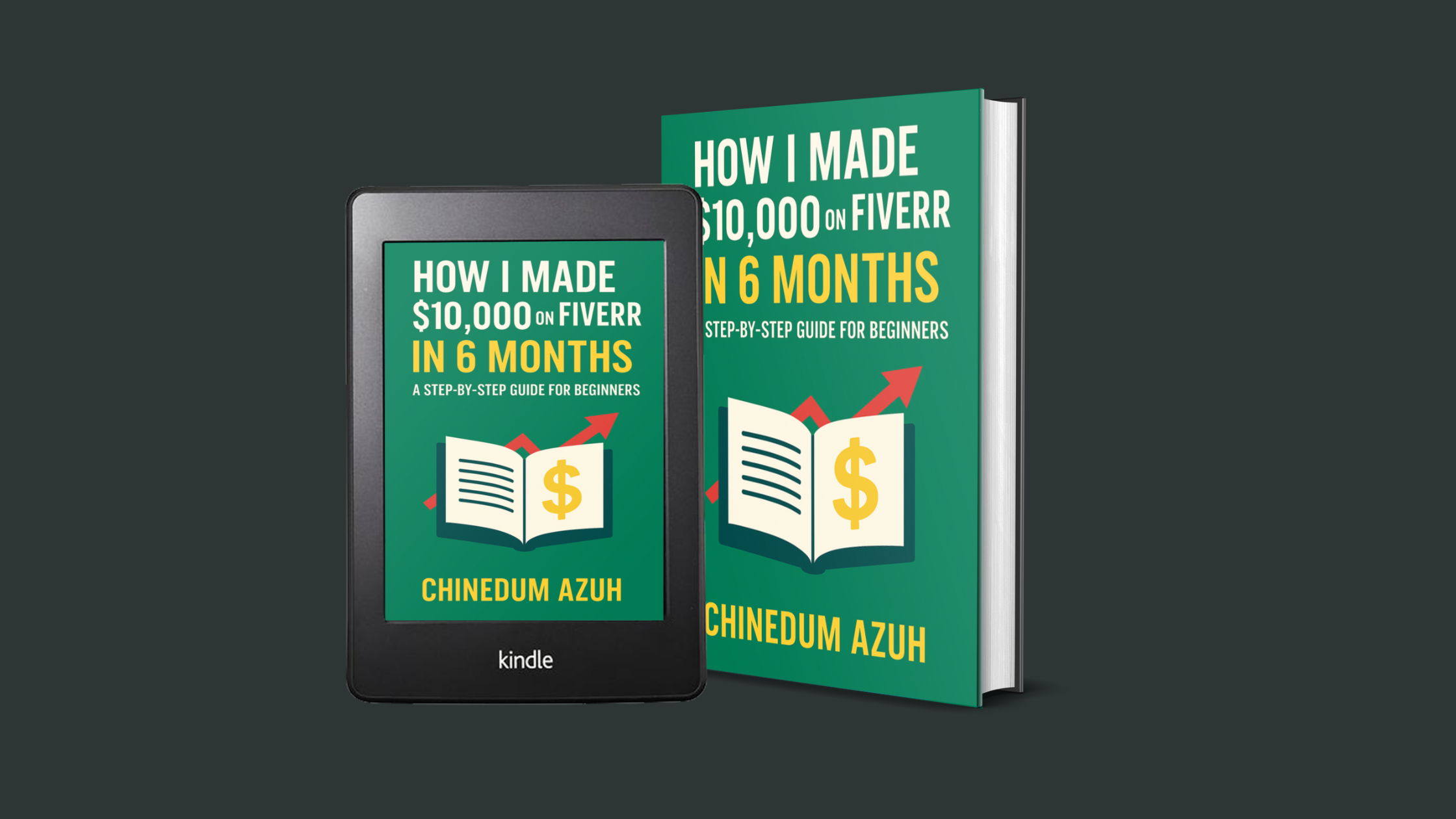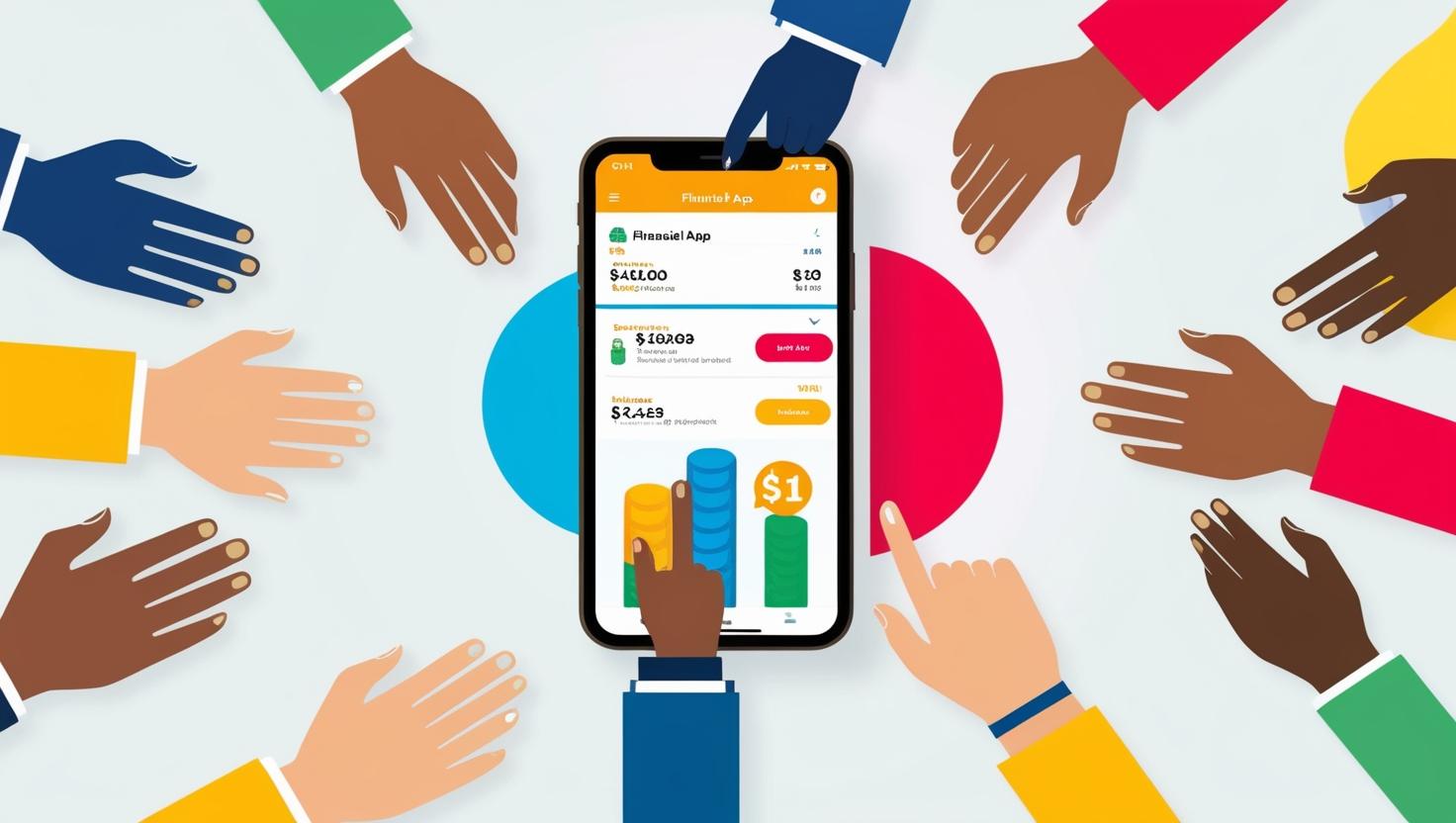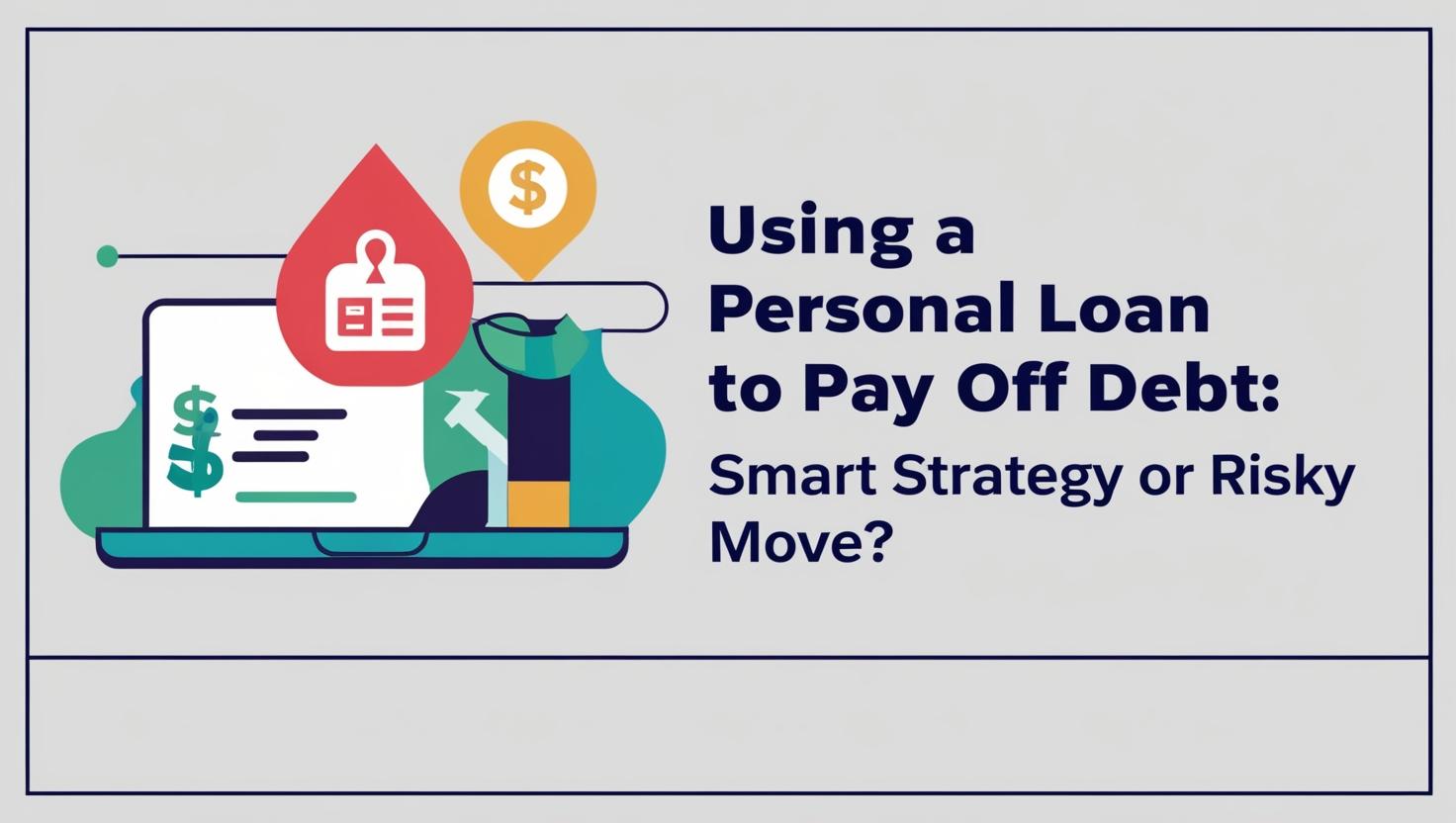Having a clear 2025 financial to-do list keeps me focused and motivated. By prioritizing my financial planning, I make choices that improve my financial health over time.
Introduction to Financial Planning
Creating a 2025 financial to-do list is the first step to control my financial future. It lets me check my current finances, spot areas to improve, and plan to reach my goals.
Key Takeaways
- Having a detailed 2025 financial to-do list is key for success.
- Financial planning in 2025 helps spot and fix issues, making a plan to succeed.
- A clear 2025 financial to-do list keeps me focused and motivated.
- Putting financial planning first leads to better decisions and long-term financial health.
- A 2025 financial to-do list helps build a brighter financial future.
Why Your 2025 Financial To-Do List Matters Now
As we enter 2025, having a solid financial plan is key. The world of finance keeps changing, thanks to new tech and economic shifts. To keep up, it’s important to be proactive and adjust to these changes. A detailed financial to-do list helps you handle uncertainty and make smart money choices.
Understanding the latest economic trends is vital for a good financial plan. This means knowing how inflation, interest rates, and market changes affect your money. Keeping up with news helps you adjust your plan and reach your goals.
- Check your current finances and set achievable goals
- Make a budget and track your spending
- Save for emergencies to cover unexpected costs
- Invest wisely to grow your wealth
By focusing on your financial health and using these tips, you’ll be on the path to financial stability and security for the future.
| Financial Goal | Target Date | Actions to Take |
|---|---|---|
| Pay off high-interest debt | June 2025 | Increase monthly payments, consider debt consolidation |
| Build emergency fund | December 2025 | Set aside 10% of monthly income, explore high-yield savings options |
| Invest in retirement account | Ongoing | Contribute at least 10% of income, explore employer matching options |
Assessing Your Current Financial Position
To start financial planning 2025, you need to check your current finances. Look at your income, expenses, assets, and debts. This will help you understand where you stand financially.
Knowing your financial status is key. It lets you see where you can do better. This knowledge helps you make smart choices for budgeting for 2025.
Assessing your finances is important. It shows you where your money goes and how to use it better. Here are some steps to follow:
- Track your income and expenses to understand your cash flow
- Make a list of your assets, including savings, investments, and retirement accounts
- Identify your liabilities, such as debts and loans
By following these steps, you’ll get a full view of your finances. This knowledge is the first step to a better financial future. With a clear picture of your finances, you can plan for budgeting for 2025 effectively. This will help you reach your financial goals.
Creating Your Smart Money Goals for 2025
As we start the new year, setting clear investment goals for 2025 is key. We need to break down our goals into short, medium, and long-term targets. This helps us focus on what we want to achieve financially.
It’s important to make our goals Specific, Measurable, Achievable, Relevant, and Time-bound (SMART). This approach creates a clear plan for our financial journey. It keeps us motivated and on track all year.
Short-term Financial Objectives
Short-term goals are for less than a year. Examples include:
- Paying off high-interest debt
- Building an emergency fund
- Increasing income through a side hustle or salary raise
These goals are the foundation for long-term wealth. They should be our top priority.
Medium-term Money Milestones
Medium-term goals are for 1-5 years. These may include:
- Investing in a retirement account
- Purchasing a home or investing in real estate
- Starting a business or investing in a franchise
Reaching these milestones helps secure your financial future. It moves you closer to your investment goals for 2025.
Long-term Wealth Building Targets
Long-term goals are for 5+ years. Examples include:
- Retiring early or achieving financial independence
- Leaving a legacy for future generations
- Building a diversified investment portfolio
By focusing on these long-term goals, you create a lasting financial impact. You secure a prosperous future for yourself and your loved ones.
| Goal Type | Time Horizon | Examples |
|---|---|---|
| Short-term | Paying off debt, building emergency fund | |
| Medium-term | 1-5 years | Investing in retirement, purchasing a home |
| Long-term | > 5 years | Retiring early, leaving a legacy |
Building Your Emergency Fund Strategy
As I plan my financial goals for 2025, I know how vital an emergency fund is. It keeps me financially stable and ready for any surprise costs. To grow and keep my emergency fund strong, I’ll automate my savings and look for extra income.
Some top tips for managing money in 2025 include saving a set amount each month. I’ll also use the 50/30/20 rule to budget my income. And, I’ll find ways to boost my earnings. These steps will help my emergency fund stay full and ready for any unexpected expenses.
Here are some key steps to consider when building an emergency fund:
- Start small and be consistent
- Automate your savings to make it a habit
- Explore ways to increase your income, such as taking on a side job or selling unwanted items
- Use the 50/30/20 rule to allocate your income effectively
By sticking to these money management tips for 2025 and my financial goals, I can build a strong emergency fund. This fund will give me financial security and peace of mind.
| Emergency Fund Goal | Monthly Savings | Timeframe |
|---|---|---|
| 3-6 months’ expenses | 10-20% of income | 6-12 months |
Maximizing Retirement Contributions in 2025
Planning for my financial future is key, and retirement savings are a top priority. With retirement planning 2025 changing, staying informed is vital. I aim to increase my retirement account contributions and use employer matching to grow my savings.
Exploring financial planning 2025 options, I look at Traditional IRAs, Roth IRAs, and employer plans. Each has its own perks and downsides. For example, Traditional IRAs let you deduct contributions from your income, while Roth IRAs offer tax-free growth and withdrawals.
Traditional IRA Opportunities
A Traditional IRA is a strong part of my retirement planning 2025 plan. Contributions to a Traditional IRA can lower your taxable income and taxes. Plus, your money grows tax-free, helping you build wealth over time.
Roth IRA Considerations
Roth IRAs have their own benefits, like tax-free growth and withdrawals. Even though you pay taxes on contributions, your money grows and can be withdrawn tax-free later. This makes Roth IRAs great for those who might pay more in taxes later.
Employer-sponsored Plan Optimization
Employer plans, like 401(k) or 403(b), are also important for my financial planning 2025. By contributing to these plans, I can get free money from employer matches. It’s important to check and improve my employer plan to maximize my contributions and any matching funds.
Investment Portfolio Rebalancing Techniques
When I look at my investment goals for 2025, I see how key it is to check my portfolio often. This helps make sure it matches my financial plan for 2025. I look at my risk level and how my investments are spread out to grow and stay stable.
To do this, I take a few important steps:
- Checking what my portfolio looks like now
- Looking at my risk level and what I want to achieve
- Finding where I need to spread out my investments more
By following these steps and sticking to a plan, I keep my investments on the right path. A solid financial plan for 2025 is key to long-term success.

It’s vital to regularly review and rebalance my portfolio. This helps me adjust to market changes and keeps my investments in line with my financial plan for 2025. By focusing on these tasks, I move closer to my investment goals for 2025 and build a stronger financial future.
Tax Planning Strategies for the Coming Year
As we enter 2025, focusing on tax planning is key. It’s part of a broader financial strategy. By being proactive, we can better manage our money. Start by checking the latest tax laws and how they might affect you.
Look into tax-advantaged investments like 401(k) or IRA accounts. They can lower your taxable income. Also, plan your deductions to reduce your tax bill. Itemizing deductions, like charitable gifts or mortgage interest, can help.
- Consult with a financial advisor to determine the best tax strategy for your individual situation
- Take advantage of tax-advantaged investment options, such as 529 plans for education expenses
- Keep accurate records of deductions and credits to ensure you’re taking full advantage of available tax savings
Being proactive with tax planning can lead to long-term financial success. Stay updated on tax law changes. Adjust your plan as needed. With careful planning, we can reach our financial goals.
| Tax Planning Strategy | Benefits |
|---|---|
| Tax-advantaged investment options | Reduced taxable income, increased savings |
| Deduction planning strategies | Minimized tax liability, increased refund |
Insurance Coverage Review and Updates
As I work on my financial goals for 2025, reviewing my insurance is key. It’s a big part of my financial plan. I check my life, health, property, and disability insurance to make sure I’m covered.
Regular insurance reviews help spot any gaps in coverage. I look at my income, dependents, and assets to see if my insurance matches. This helps me make smart choices for my financial future.
Some important things to check when reviewing insurance include:
- Life insurance: making sure it covers my loved ones
- Health insurance: looking at what’s covered and the costs
- Property insurance: protecting my homes and cars
- Disability insurance: keeping my income safe if I get sick or hurt

By focusing on insurance reviews, I can improve my financial plan for 2025. This keeps me on track, protects my assets, and secures my financial future.
Debt Management and Reduction Plans
Managing debt is key to financial freedom in 2025. Understanding my debt and making a plan to reduce it is essential. By paying off high-interest debt, I can save more for the future.
I aim to eliminate high-interest debt like credit card balances first. Then, I’ll focus on strategic debt consolidation. This will make my payments easier and lower the interest I pay. I also plan to build better credit scores by paying on time and keeping my credit use low.
Here are some steps to manage my debt:
- Stop using credit cards and focus on paying off existing balances
- Consider consolidating debt into a lower-interest loan or balance transfer credit card
- Make more than the minimum payment on my debts each month
By following these steps and sticking to my 2025 financial plan, I’m confident in reducing my debt.
| Debt Type | Interest Rate | Monthly Payment |
|---|---|---|
| Credit Card | 18% | $500 |
| Personal Loan | 12% | $300 |
| Mortgage | 4% | $1,500 |
Estate Planning and Legacy Protection
Thinking about my financial goals for 2025, I see the value of planning for more than today. Building wealth in 2025 means more than just saving money. It’s about leaving a lasting legacy. Estate planning is key to making sure my assets go where I want them to.
There are several important parts to estate planning:
- Creating or updating my will to reflect my current wishes
- Establishing trusts to manage and distribute my assets
- Designating beneficiaries for my retirement accounts and life insurance policies
Planning my estate helps protect my loved ones and preserve my legacy. It’s a vital part of my wealth building 2025 plan. As I continue with my financial goals, I’ll focus on estate planning and legacy protection.
By managing my estate planning, I can leave a legacy that shows my values. This is a big part of my wealth building 2025 journey. I’m dedicated to planning carefully and paying attention to every detail.
Conclusion: Bringing Your 2025 Financial To-Do List to Life
The 2025 financial to-do list is a detailed guide to help you achieve financial security and success. By starting now, you’ll be on the path to reaching your financial resolutions for the future.
Think of your financial journey as a long race, not a quick sprint. Stay focused, keep up a steady pace, and be ready to adjust as the economy changes. With hard work and a clear plan, you can make your financial dreams come true.
Use the 2025 financial to-do list as your roadmap to success. Make sure to check it often, celebrate your wins, and tweak it when needed. Your financial health is just a step away – start today and see your goals become a reality.
FAQ
Why should I create a 2025 financial to-do list?
Making a detailed financial plan for 2025 is key to financial success. It helps you manage your money better. This way, you can meet your financial goals for the short and long term.
How do I assess my current financial position?
Start by looking at your income, spending, assets, and debts. This will show you where you stand. It helps you see what needs work as you aim for your 2025 goals.
What are the key elements of my 2025 financial to-do list?
Your list should cover important tasks. These include setting clear money goals, saving for emergencies, and boosting retirement savings. Also, rebalance your investments, plan taxes, check insurance, and work on debt. Don’t forget about planning for your estate and legacy.
How can I ensure I stay on track with my 2025 financial goals?
Keep your goals in mind by regularly checking and tweaking your list. Automate savings and investments. Get help when needed and celebrate your wins. Stay positive and proactive to achieve your financial dreams.
What are the most important financial resolutions I should make for 2025?
Focus on key areas for 2025. Build a solid emergency fund, save for retirement, and manage your investments. Use smart tax strategies and tackle debt. These steps will help you build a strong financial future.
Free Tools That Can Help In Your 2025 Financial To-Do List: Budgeting and Expense Tracking
- Mint – Track your expenses, set budgets, and manage bills in one place.
- EveryDollar – A user-friendly budgeting app based on zero-based budgeting.
- PocketGuard – Helps you keep tabs on your spending and see how much you can spend daily.
Emergency Fund Savings
- Chime – Offers automatic savings and spending round-ups.
- Digit – Automates small, daily savings based on your spending habits.
- Marcus by Goldman Sachs – Provides a high-yield savings account to grow your emergency fund.
Investment Planning
- Morningstar – Research investments and get tools to diversify your portfolio.
- Personal Capital – Tracks your net worth and investments for free.
- Yahoo Finance – Stay updated with market trends and track stocks.
Retirement Savings
- Fidelity Retirement Score – Assess how well-prepared you are for retirement.
- Vanguard Retirement Tools – Free calculators and resources for retirement planning.
- Betterment – Offers free planning tools to optimize your retirement savings.
Debt Management
- Undebt.it – Create and track your debt repayment plan using the snowball method.
- Credit Karma – Monitor your credit score and get tailored debt management advice.
- NerdWallet Debt Tracker – Helps you organize and pay off debt efficiently.
Tax Planning
- TurboTax TaxCaster – A free tax calculator for estimating your tax refund.
- IRS Free File – File your federal taxes online for free (if eligible).
- H&R Block Free Online – File simple tax returns for free.
Insurance Reviews
- Policygenius – Compare policies for life, health, and other insurance needs.
- GoodRx – Find discounts on prescriptions and compare health insurance plans.
Estate Planning
- DoYourOwnWill – Create a basic will for free.
- Trust & Will – Offers a free trial for creating legal estate documents.
- FreeWill – Build a free will or plan your estate online.
Financial Education and News
- Investopedia – Offers free guides, tutorials, and courses on financial planning.
- Khan Academy – Personal Finance – Free lessons on saving, budgeting, and investing.







8 responses to “The 2025 Financial To-Do List: 15 Essential Tasks”
Great insights! This financial to-do list is a practical guide for anyone looking to start 2025 on the right foot. The breakdown of tasks makes planning less overwhelming, and the focus on setting clear goals is especially helpful. Looking forward to implementing these tips!
I’m glad you found the insights helpful! Breaking down financial goals into actionable steps can make a big difference. It’s great that you’re looking forward to implementing these tips. Remember to start small and celebrate your progress along the way. Good luck on your financial journey!
Great article! Out of the 15 tasks, which one do you think is the most crucial for someone just starting their financial journey in 2025?
The most crucial task for someone just starting their financial journey in 2025 is to create a budget. A budget is a plan for how you will spend your money, and it is essential for tracking your income and expenses. It can help you to identify areas where you are overspending and to make changes to your spending habits.
Once you have a budget, you can start to set financial goals. These goals could include saving for a down payment on a house, paying off debt, or investing for retirement. Setting goals will help you to stay motivated and on track with your finances.
Another important task for someone just starting their financial journey is to build an emergency fund. An emergency fund is a savings account that you can use to cover unexpected expenses, such as a job loss 1 or medical emergency. It is recommended to have three to six months of living expenses saved up in your emergency fund.
Finally, it is important to start investing early. The sooner you start investing, the more time your money will have to grow. There are many different investment options available, so it is important to do your research and find one that is right for you.
Great guide! Breaking down financial goals into actionable steps and assessing one’s current financial position is crucial for achieving success. Thanks for sharing!
You’re absolutely right! Breaking down financial goals into actionable steps and understanding your current financial position is crucial for success. It’s like having a roadmap for your financial journey. By setting specific, measurable, achievable, relevant, and time-bound (SMART) goals, you can create a clear path towards your desired financial future.
Understanding your current financial position involves tracking your income, expenses, assets, and liabilities. This will help you identify areas where you can cut back on spending or increase your income to achieve your goals.
Additionally, regularly reviewing your progress and making adjustments to your plan as needed is essential. Life circumstances change, and your financial goals should evolve with them.
I’m glad this guide was helpful! Remember, consistency and discipline are key to achieving your financial goals.
Great advice! Having a clear financial plan in place is essential for achieving financial stability and success. Creating a 2025 financial to-do list helps identify areas for improvement, prioritize goals, and make informed decisions. Thanks for emphasizing the importance of proactive financial planning!
Very educative and totally enlightening…. Excellent…